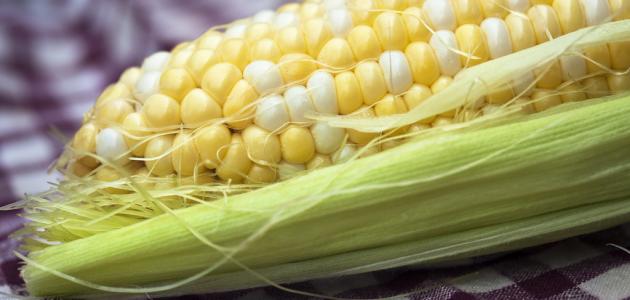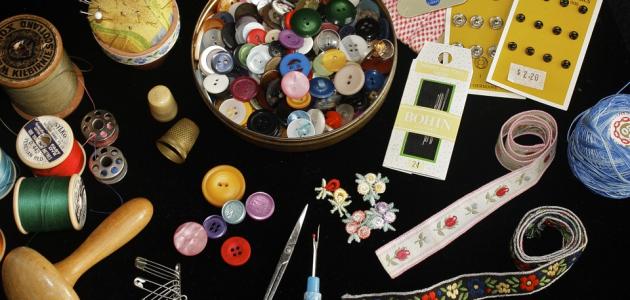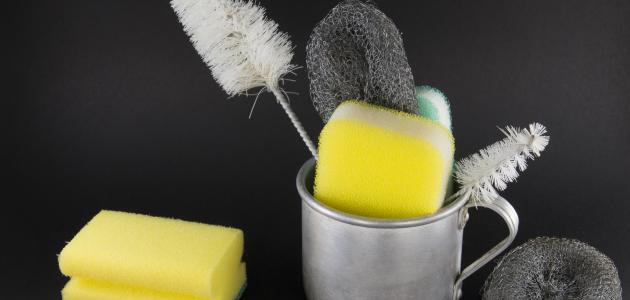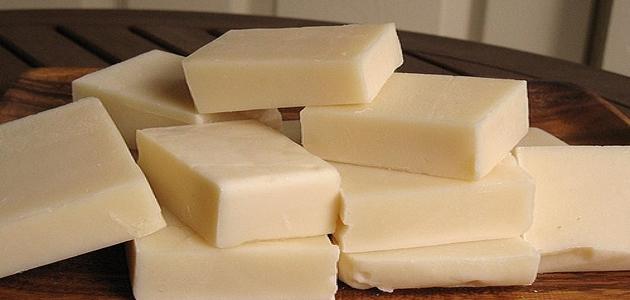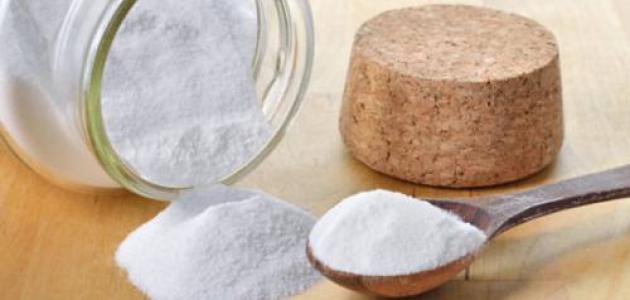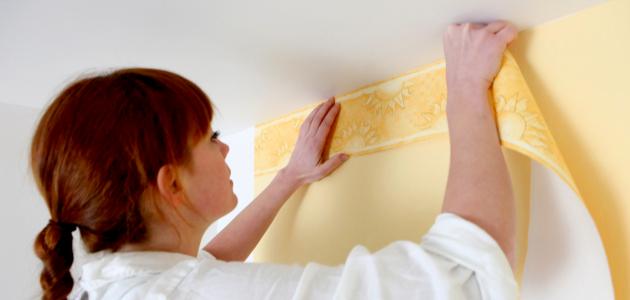plastic
Plastic pieces are made from many types of chemical compounds, all of which are petroleum-based, and the difference between these types is what gives the plastic its hardness or flexibility, light weight or high density, and other properties. The uses of plastic are many and varied, and we see it in everything around us, including household furniture and children’s toys. Electrical and electronic devices encased in plastic cases, medicine containers, water and sewage transport pipes, and many other uses that are difficult to enumerate throughout this article.
The diversity of uses of plastic creates the need to glue pieces together, or install them on top of each other, or in some cases to restore a piece if one of its ends is broken instead of completely destroying it, and given the diversity of raw materials used, and the difference in properties; The adhesive materials that are used also vary. One type of adhesive cannot be used on all types of plastic. Therefore, choosing the wrong adhesive may cause loss of the piece. Due to the weakness of the bonds formed by the adhesive between the layers of materials.
plastic types
There are several types of plastic, here we mention the most famous and most widely used:
- Polyethylene terephthalate.
- High Density Polyethylene.
- Polyvinyl chloride or PVC.
- Low Density Polyethylene.
- Polypropylene.
- Polystyrene.
- Acrylonitrile butadiene styrene.
Choose the quality of the adhesive
- To choose an appropriate type of adhesive, we must know the type of plastic we want to stick, and there are several ways to know this:
- The manufacturer's label or stamp on the item, which indicates the type of plastic used.
- The recycling symbol, which is usually located at the bottom of the item, is a triangle of three arrows, with letters, numbers, or both inside or below them.
The symbols attached to the recycling logo and their meanings
| The number inside the code | Characters inside or outside the symbol | plastic |
|---|---|---|
| 1 | PET or PETE | Polyethylene terephthalate |
| 2 | HDPE | High density polyethylene |
| 3 | PVC or V | Vinyl or PVC compounds |
| 4 | LDPE | Low density polyethylene |
| 5 | PP | Polypropylene |
| 6 | PS | Polystyrene |
| 7 | O or Others | other kinds |
| 9 | ABS | Acrylonitrile butadiene styrene |
- If the piece does not have a sticker or seal from the manufacturer explaining the type of product, and also a recycling sign is not available, then there are some general points through which you can know the type of material, which are as follows:
- Lego toys for children are usually made of ABS.
- Especially cheap children's toys, CD cases, and industrial glass are made of polystyrene.
- Plastic containers, plastic kitchen utensils, boxes, and buckets are usually made of polyethylene or polypropylene materials.
- Water bottles, soft drinks, and juices are made from PET.
- The last option, if you do not know the type of plastic, is to try different types of adhesives on a small piece of it, whether it is damaged or a hidden part of the original piece.
Adhesives for plastic types
| plastic | The material used for adhesive |
|---|---|
| Polyethylene terephthalate | There is no adhesive for this type |
| High density polyethylene, low density polyethylene and polypropylene | You must search for a specialized product, i.e. a “trade name” that indicates that it is specific to this type. |
| Vinyl or PVC compounds. | Tetrahydrofuran |
| Polystyrene | plastic cement, poly cement, super glue, Loctite Epoxy, or cyanoacrylate |
| other kinds | Loctite Epoxy, Cyanoacrylate, or Methyl Ethyl Ketone |
| Acrylonitrile butadiene styrene | Loctite Epoxy, Cyanoacrylate, or Methyl Ethyl Ketone |
- Polyethylene, both high-density and low-density, and polypropylene are considered difficult-to-glue plastics. This is due to the smoothness and high polishing of the surface of the products made from it. Therefore, you must look for a specialized product to paste them.
- PET is non-sticky, and there is no actual product to stick it together. Some mechanical methods may be used to combine it or weld it using a laser.
Plastic paste
- Before you start gluing the plastic, it must be washed well. To remove dirt and traces of grease or oil from it, there are special products for this, and it is possible to use a dishwashing liquid for this and then wipe it with alcohol such as isopropanol.
- We dry the piece well using a cloth, or we leave the alcohol to volatilize, and the piece dries.
- Be careful not to touch the piece with your hands. So that traces of creams on the hand, sweat, or any substance do not stick to the surface and affect the durability of the adhesive.
- We rub the surface of the adhesive with rough sandpaper, or a wire scouring pad, until a rough surface is formed. This helps the adhesive stick to the surface. The pieces stick together, so the rubbing must be soft. To remove a thin layer of material.
- The epoxy used to glue plastic has several types, all of which consist of two materials that are mixed together to produce the adhesive, and each type has a different method and mixing ratios. Therefore, you must read the manufacturer's instructions, which explain the method and mixing ratios before use. For best results. Some types dry immediately, some require hours, and others require a whole day to dry and bond very strongly.
- Using the brush, we distribute the adhesive on the surface of the two pieces to be glued, taking care to distribute the adhesive evenly and in an appropriate quantity. If the piece to be glued is small, a pin head or toothpick can be used to apply the material.
- If the adhesive used is a solvent and a liquid, we join the two pieces together and secure them, then we put a thin line of the solvent on the edges between the two pieces, so that it in turn slides between the two surfaces, working to dissolve the materials between the two layers, thus holding the two pieces together. (In this case, the smooth surface must be as smooth as possible, so we do not use sanding for it).
- Press to bring the two pieces together with moderate force to expel air bubbles stuck between the two layers.
- Do not press too hard; So that the adhesive does not come out from the edges, and if it does come out, it must be removed with cloth, especially from the edges. So that it does not dry out and give an inappropriate appearance, with the exception of acrylic. They fly away on their own and leave no trace.
- We fasten the two pieces together - if we can - with a clamp, vise, or adhesive tape; So that it does not move, and we leave it for the required amount of time until it dries. Therefore, it is necessary to read the instructions shown on the back of the adhesive package from the manufacturer to know the appropriate period for the adhesive to dry.
Plastic welding
Welding is considered another form of joining plastic pieces together, but it depends on melting the materials, or the presence of an auxiliary material that is heated, and when it cools, it has brought the two parts together, and its types include:
Read also:Detergents and disinfectants industry- Fusion welding: which relies on placing a hot piece of metal or shining a flame on the piece, so the surface layer melts, and when the other piece is placed on top of it and pressed and held for a certain period of time, the surface cools and the two pieces bond.
- Cohesion between the two pieces.
- Hot gas welding: Ideal gas exits from a cylinder through a tube under the flame. It gains great pressure and heat. It causes a layer of plastic to melt, and when the other piece is pressed on top of it, the two pieces bond together.


